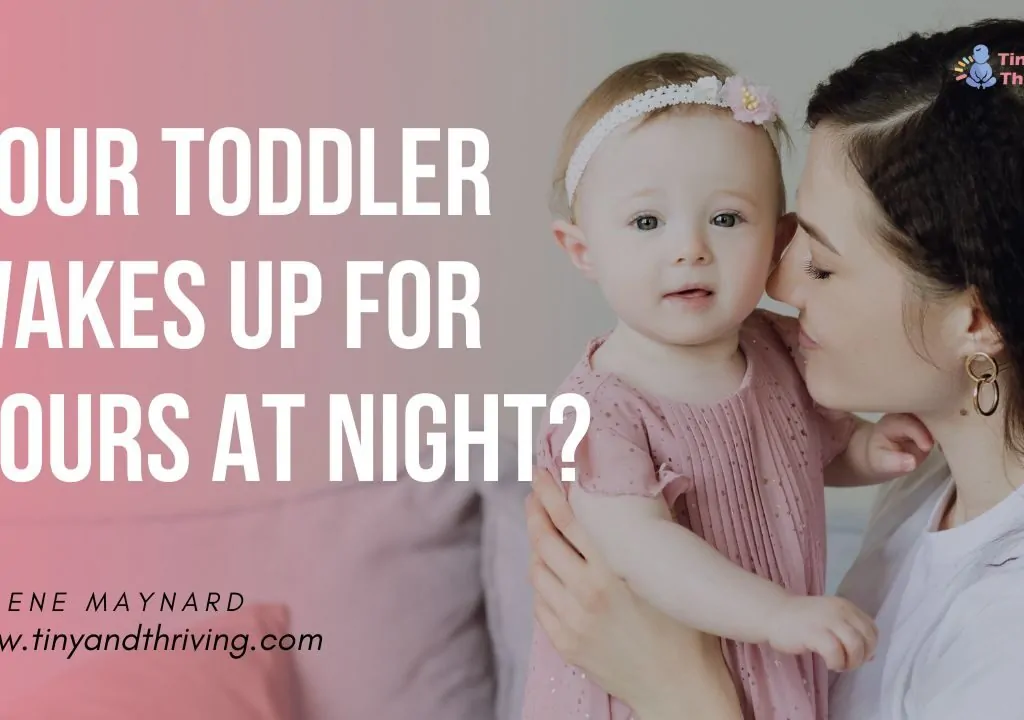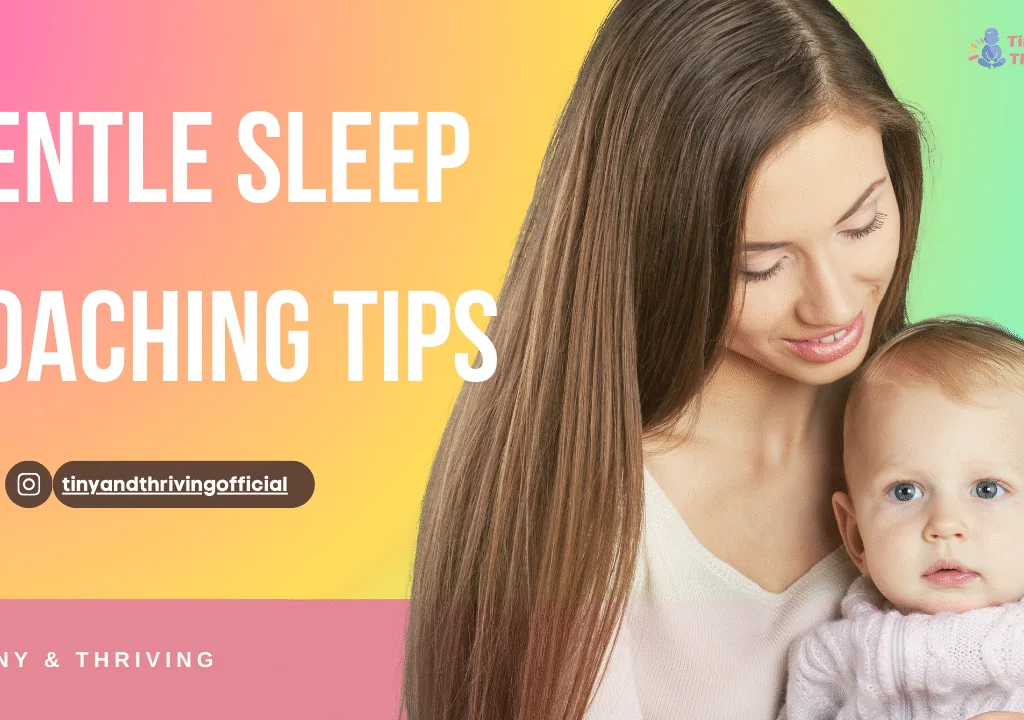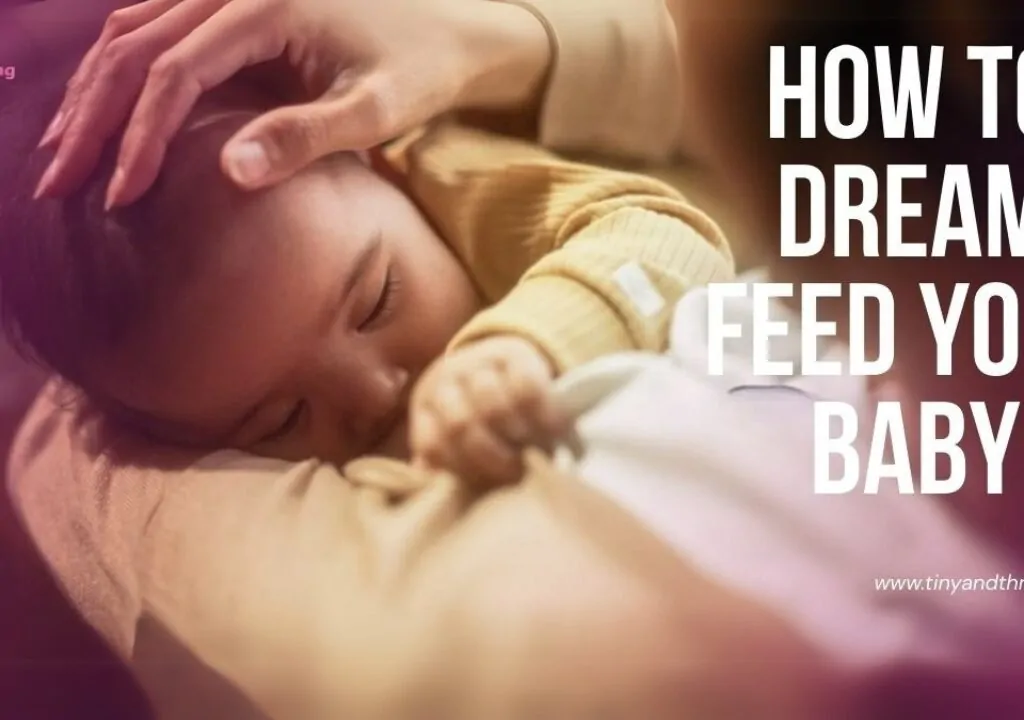Split Night 18 Month Old: Causes, Solutions, and Sleep Tips
Is your 18-month-old waking up wide-eyed in the middle of the night can be a sign of experiencing split nights. middle of the night, ready to play, while you’re not alone in navigating the challenges of baby or toddler sleep, desperate for sleep? You might be dealing with a split night — a common but frustrating sleep challenge for babies and toddlers around this age. Split nights can leave both you and your little one exhausted and confused, especially when dealing with split nights. The good news? Once you understand what’s happening and why, you can fix it — and help your baby or toddler (and yourself) get back to peaceful sleep. Let’s dive into what split nights are, why they happen at 18 months, and most importantly, how to fix them, with a little help from Tiny and Thriving. What is a Split Night in Toddlers? A split night happens when a toddler wakes up for a long period during the night, often for an hour or more, and struggles to fall back asleep. Instead of waking briefly and drifting off again (which is normal for toddlers), they are fully alert, playful, and sometimes even energized, making it harder to get back to sleep. Key signs of a split night at 18 months: Split nights are different from typical baby sleep patterns. normal night wakings or teething pains. They are about sleep pressure — or more accurately, a lack of sleep pressure. Why is Your Toddler Having a Split Night? Several factors can cause a split night in an 18-month-old, especially around big developmental milestones. Here’s how you can improve your toddler’s sleep habits. What might be happening: 1. Low Sleep Pressure If your toddler gets too much daytime sleep, with long naps or late naps, they may struggle with getting the sleep they need. won’t build enough sleep pressure to sleep through the night. 2. Misaligned Sleep Schedule If bedtime is too early or inconsistent napping can lead to challenges in getting back to sleep., it can throw off your toddler’s natural rhythms, causing middle-of-the-night disruptions. 3. Developmental Changes at 18 Months Around 18 months, toddlers experience big developmental leaps — walking, talking, and new independence. This growth often disrupts sleep (known as the 18-month sleep regression). 4. Napping Issues Too much or too little daytime napping affects nighttime sleep, impacting the overall amount of sleep they need. It’s crucial to understand the causes of split nights. about finding the sweet spot: enough rest but enough wake time too. 5. Separation Anxiety At around 18 months, toddlers often feel a surge of separation anxiety, making it harder to settle back to sleep alone during nighttime sleep. How to Fix Your Baby’s Split Nights Here’s How you can fix a split night with your 18-month-old and help everyone sleep better through sleep training: 1. Adjust Daytime Sleep 2. Revisit Bedtime Timing 3. Create a Consistent Sleep Routine 4. Support Independent Sleep 5. Give Developmental Support Tiny and Thriving Can Help Sometimes, despite your best efforts, you need a little extra support — and that’s okay! Tiny and Thriving offers expert, family-centered sleep coaching designed for busy parents of toddlers. We’ll help you fix your split-night 18-month-old challenges and guide you toward restful nights, customized to your family’s needs. 👉 Here to help you go to bed on time. Book your free consultation today with Tiny and Thriving! Let’s work together to help your little one — and you — thrive through better sleep training. FAQ about Split Nights What to do during a split night? Stay calm and keep stimulation low. Comfort your toddler quietly without bright lights or active play, helping them stay in “Sleep mode is essential for maintaining a healthy circadian rhythm. How do you fix split nights? Adjust nap schedules and bedtime routines, and encourage independent sleeping. Fixing daytime sleep pressure is key. What is a split night? It’s when your child wakes for a long stretch in the middle of the night, feeling wide awake and experiencing split nights. awake, instead of naturally cycling back into sleep. How do I get my 18-month-old to stop splitting nights? Focus on daytime wake windows, cap naps, make bedtime slightly later if needed, and support independent sleep skills to help them settle back to sleep. How long do toddler split nights last? Toddler split nights can last up to 2–3 hours, and usually involve your child waking up once in the middle of the night. What causes split nights? Usually, too much daytime sleep, inconsistent bedtimes, big developmental changes, or napping issues can cause split nights. Final Thoughts Split nights with your 18-month-old can be stressful, but you’re not alone. With a few smart changes to your daytime and nighttime routines and a little patience, you can guide your toddler back to peaceful sleep. And remember, expert help is just one click away. 👉 Book your free consultation with Tiny and Thriving today! You deserve restful nights — and we’re here to help you get there with effective baby sleep strategies.



